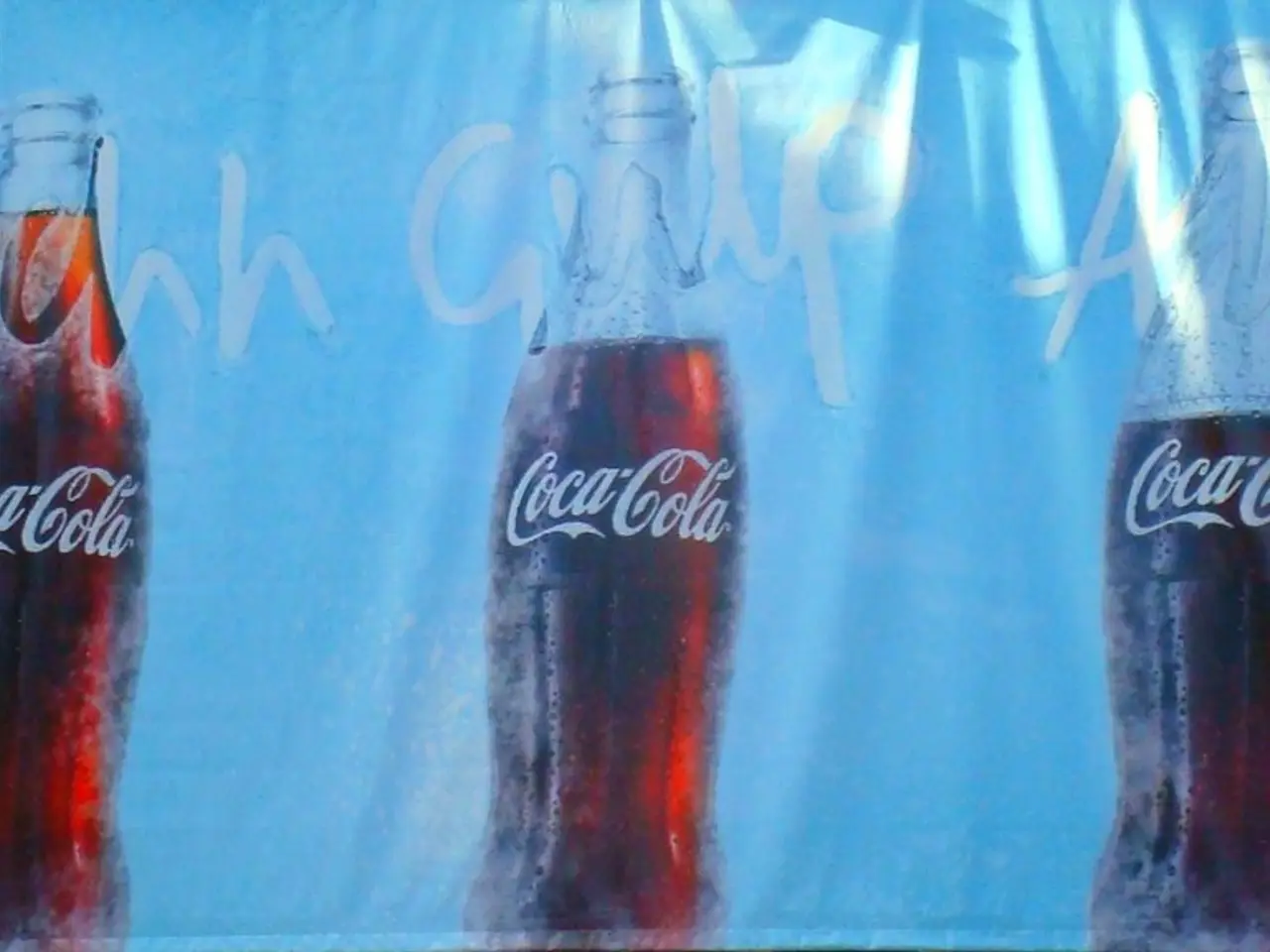Water-Dissolvable 3D Printed Circuit Board Potentially Resolves Electronic Waste Conundrum
In a bid to combat the growing issue of electronic waste, a groundbreaking solution has been unveiled: DissolvPCB. This innovative technology, developed by researchers from the University of Maryland, Georgia Tech, and the University of Notre Dame, promises to revolutionise local recycling of electronic waste, significantly reducing energy use and eliminating toxic chemicals from the process.
Every year, the world discards approximately 62 million metric tons of electronic waste, with less than a quarter of it being recycled. The traditional printed circuit boards (PCBs) used in most electronic devices are made of copper, fiberglass, and epoxy resin, making them difficult and costly to recycle due to their structure.
DissolvPCB offers a solution to this problem. Made using polyvinyl alcohol (PVA), a biodegradable plastic, these boards can be dissolved in water, leaving behind reusable liquid metal beads and intact electronic components. The copper traces are replaced with liquid metal (a gallium-indium alloy) that flows into printed channels to create conductive pathways.
The production process of DissolvPCB is accessible and cost-effective, using a standard FDM 3D printer, readily available PVA filament, and liquid metal that can be mixed from ingredients ordered online. The researchers have even developed a software plugin for FreeCAD, making it accessible for hobbyists and engineers to design and print their own DissolvPCB prototypes.
Currently, DissolvPCB is best suited for prototyping, education, and small-batch manufacturing due to its bulkiness and water solubility. However, as 3D printing resolutions improve, it could scale to mainstream electronics production. The team has already demonstrated the recycling of DissolvPCB, with a small magnetic field detector board dissolving in water in about 36 hours at room temperature. With heat and stirring, the dissolution time drops to less than an hour.
The benefits of DissolvPCB are substantial. According to a life cycle assessment, it reduces greenhouse gas emissions by an order of magnitude and slashes other environmental impacts significantly compared to standard boards. This means a more sustainable future for electronics production and disposal.
The growing use of electronics leaves behind mountains of discarded gadgets that pollute and leach toxic chemicals into the environment. DissolvPCB offers a promising solution to this problem, reducing the environmental impact of electronic waste while promoting local recycling and sustainable production methods.
For more information on the study and the benefits of DissolvPCB, the full report is available online. The potential of this technology is immense, and it could pave the way for a more sustainable future in the electronics industry.
Read also:
- Understanding Hemorrhagic Gastroenteritis: Key Facts
- Stopping Osteoporosis Treatment: Timeline Considerations
- Tobacco industry's suggested changes on a legislative modification are disregarded by health journalists
- Expanded Community Health Involvement by CK Birla Hospitals, Jaipur, Maintained Through Consistent Outreach Programs Across Rajasthan








